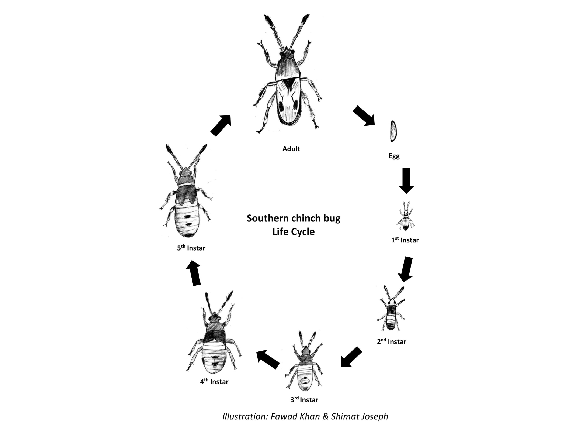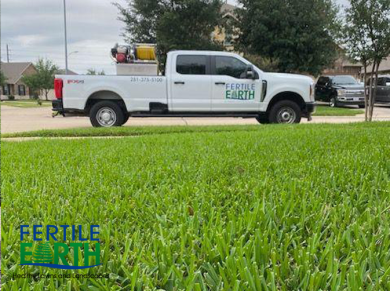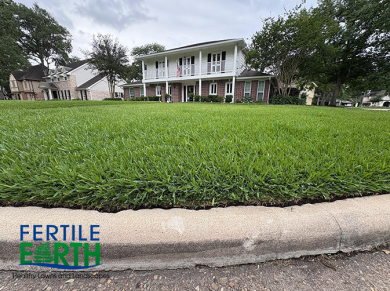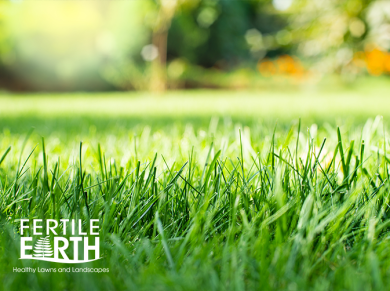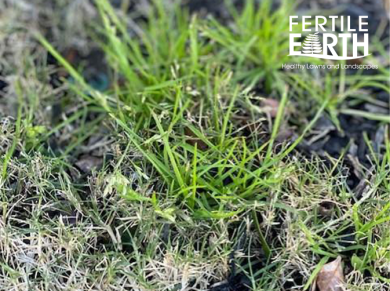Newsletter
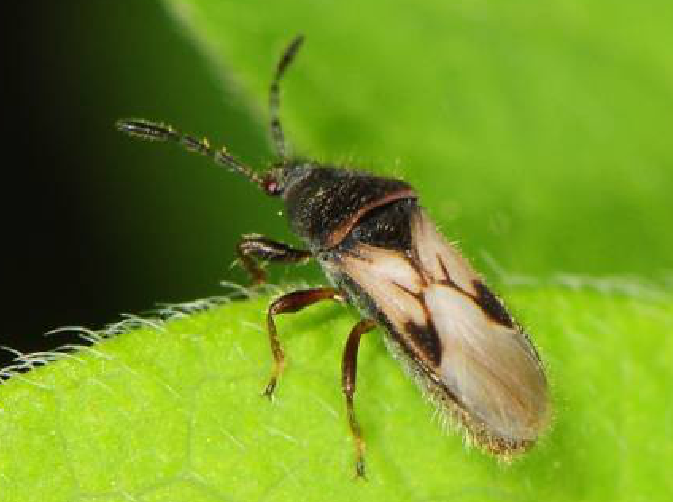
MAY
As the weather rapidly warms, a new set of challenges emerge when caring for a lawn. At the top of the list are lawn-feeding insects and heat stress. Here are our recommendations to keep your lawn healthy.
Chinch Bugs
If you have lived in Texas for a while, you are probably no stranger to chinch bugs. Chinch bugs are small insects that feed on the sap of St.Augustine grass blades. While they feed, they inject a toxin that results in the deterioration and death of plant tissue. The damage is often identified as yellow/browning patches that spread if left untreated. In our experience, damage tends to be identified near driveways and sidewalks. This is because the radiant heat from the hot sidewalk stresses the St. Augustine grass, making it more susceptible to insect pressure. Chinch bug damage is oftentimes confused with heat/drought damage. However, extra water will not solve this issue. The easiest way to tell the difference is to look for actively feeding chinch bugs in your lawn.
What To Do
A few simple steps can be made to give your lawn the best chance against chinch bugs.
1. Be sure to water the lawn properly and thoroughly. As previously stated, stressed lawns are more susceptible to insect pressure. Check your irrigation system regularly for broken or misaligned heads and adequate function. We recommend watering 2-3 times a week. Spray zones: 10-15 minutes per zone. Rotor Zones: 20-30 minutes per zone.
2. Mow the lawn high and regularly. We recommend cutting St.Augustine between 3-4 inches, preferably on the higher side. Mowing too short in the heat leads to excess stress on the lawn.
3. Take preventative action. During this round of applications we will be taking preventative measures to protect your lawn from lawn feeding insects.
Brandon Spiteri
O: 281-375-5100
Fertileearthtexas.com
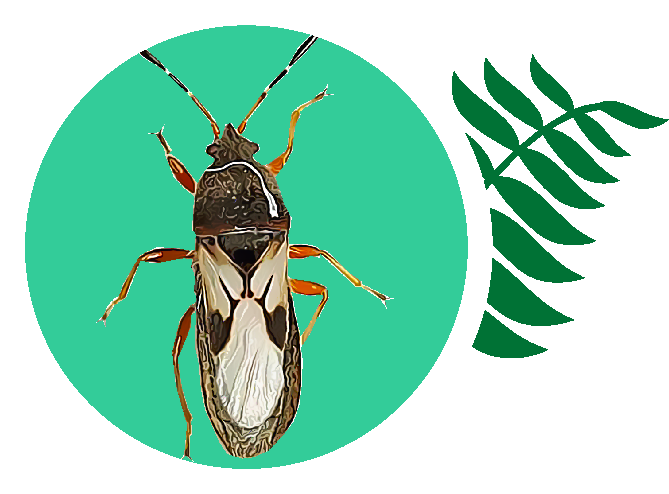
Identifying Chinch Bugs
Chinch bugs are very small but can be seen by the naked eye. An adult chinch bug has a black body and white wings that create an “X” when folded on its back. They can be found in the thatch layers of the grass and often scurry away quickly when exposed. When you have a chinch bug problem, a simple look around the damaged areas will confirm or deny your suspicions quickly. Be sure to look around the edges of damaged areas where infected grass meets healthy grass as well as previously damaged areas.
